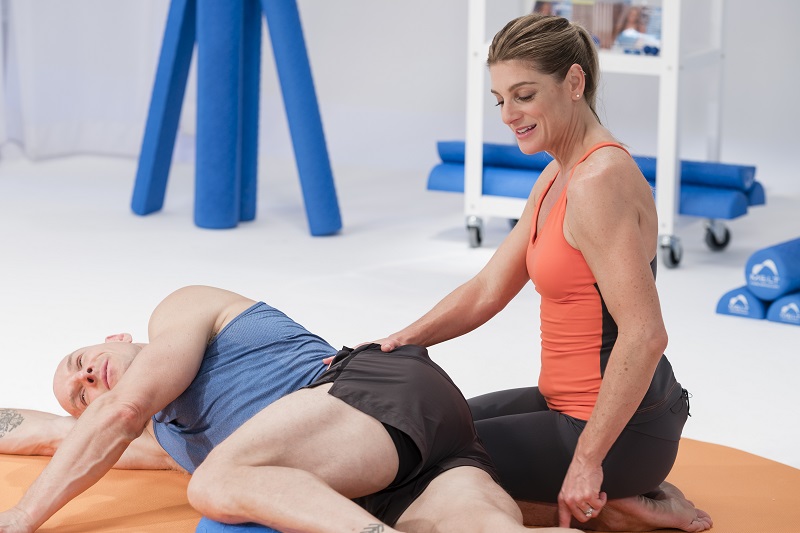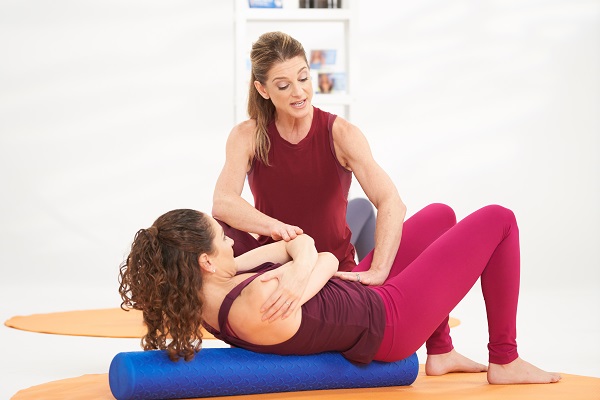The Emerging World of Fascia Relief

Although most athletes automatically attribute pain to muscles or joints, fascia has garnered more attention in recent years, with the ascent of studies and practices focused on its relief, including Sue Hitzmann’s “MELT Method”
One of the body’s unsung heroes is fascia, a thin casing of connective tissue that holds every organ, bone, blood vessel, and muscle in place. Intricately connected to fitness performance and recovery, fascia can lead to chronic pain and areas of rigidity without proper care. With athletes learning more about the importance of proper fascia care, studios, gyms, and individual practitioners have begun offering tips and practices in the space.

Sue Hitzmann’s “MELT Method” was one of the first practices focused on fascia relief. Hitzmann founded MELT in 1998 after she encountered pain in the bottom of her foot. The practice focuses on stabilizing fascia. Hitzmann explained, “You can have shoulder pain, and it is being caused by something in your back. You have a lot of compensation happening in your body.” MELT is based in the “4 Rs”: reconnect, rebalance, rehydrate, and release. Reconnecting helps identify imbalances and changes, rebalancing focuses on destressing the body’s automatic responses to stressors, rehydrate rejuvenates the fascia system, and release provides relief to joint compression.

Hitzmann’s bestselling book “The Melt Method” empowers athletes to use foam rollers, hand and foot therapy balls, and other self-care methods to identify and relieve chronic pain. She believes that raising awareness on fascia relief could change the game for athletes, relieving tension, lessening recovery times, and improving fitness performance. Other practices, such as Rolfing®, provide services for fascia relief. Dr. Ida P. Rolf founded Rolfing Structural Integration to realign and release tension in the body. Certified Rolfers release fascial tension through practices similar to a massage, using manual therapy to “unwind” damaged fascia. Movement education therapies, such as the Alexander Technique and the Feldenkrais Method, have also called attention to lessening fascia damage. They use verbal cues, light touch, and simple exercises to reverse fascial tension and return a body to stability. Gymnasts, dancers, and musicians have long used the two methods, prioritizing posture to lessen fascial tension.
What’s the difference between at-home remedies for muscle and tendon pain, compared to those for fascia damage? As opposed to static stretching for muscle pain, fascia stretching’s goal, according to field expert Robert Schleip, is to change its vector. Movements should involve pulsating, gentle movements to lengthen muscles. If fascial structures are not balanced, the tissue can crystallize, making athletes feel stiffer. Reversing fascia damage through recovery and relief is a full-body effort, due to the connectivity of the entire fascial network.
Emerging fascia practices and research is providing an addressable opportunity for companies and services. As athletes continue to seek relief for chronic pain, fascia relief might be just what they’re seeking.
As always, Athletech News recommends seeking medical advice if one is injured, not self-diagnosing.



